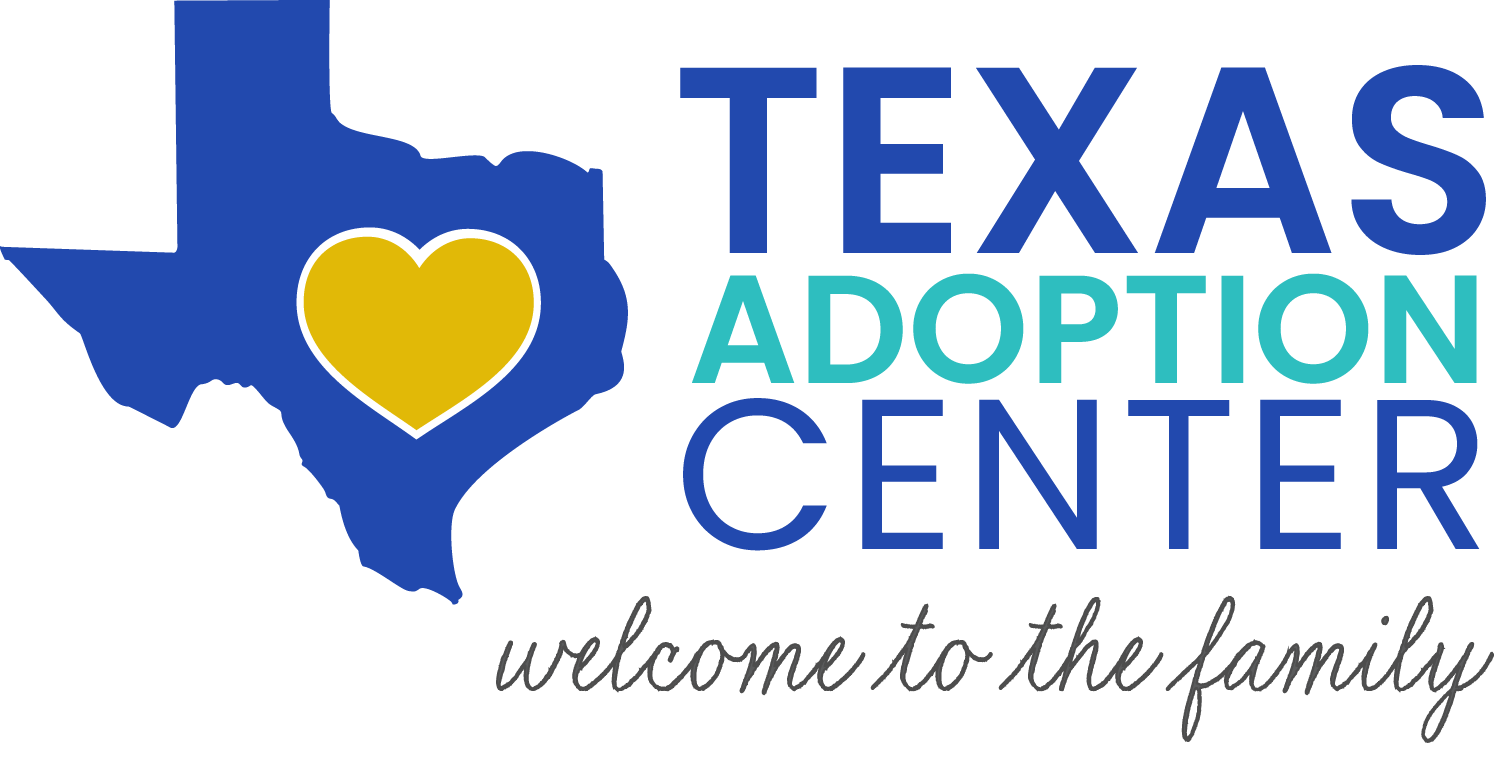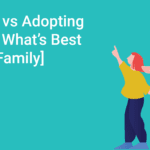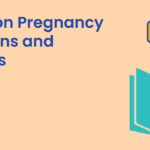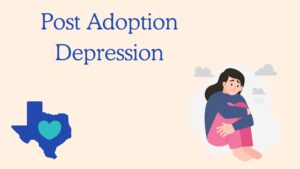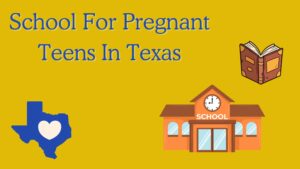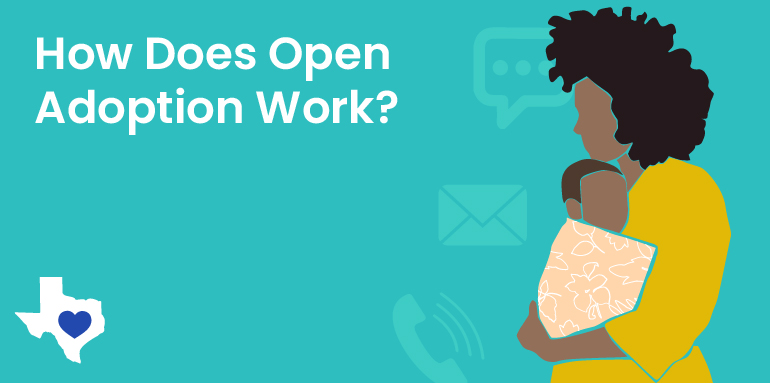
Open adoption is an arrangement between birth parents and adoptive parents in which the two parties agree to maintain contact with each other either directly or through an intermediary. This type of adoption allows for greater transparency, as both parties can have a clear understanding of what’s expected and any expectations that may arise throughout the process.
The benefits of open adoption are that it allows children to retain a connection with their birth families while also having the stability and security of a permanent adoptive home. In most cases, it is beneficial for all involved parties as it provides more information about the child’s background and development.
In this article, we’ll answer common questions about how open adoptions work.
What is Open Adoption?
Open adoption is an agreement between birth parent(s) and adoptive parent(s) that allows for an ongoing relationship well after the adoptive placement is completed. This can range from exchanging letters, pictures, or emails to having visits in person. Open adoptions are the opposite of closed adoption and are not the same as foster care arrangements.
In a foster placement, predominantly the state determines the level of connection throughout the child’s life.
How Can an Open Adoption Benefit Birth Mothers?
Open adoption allows birth mothers to maintain a connection with adopted children, providing comfort and closure. It can also be emotionally fulfilling and aid in the grief process by keeping them informed about their child’s development.
How Can It Benefit Adoptive Parents?
Adoptive parents can get access to important medical and developmental information about their child. Additionally, an open arrangement provides them with a chance to establish a relationship with the birth mother, which can be valuable for the adoptive family and their child.
What Are the Different Types of Open Adoption Agreements?
There are several types of open adoption setups: fully open, semi-open, and mediated or agency-assisted open adoptions. Fully open adoptions involve ongoing direct communication between the birth mother and adoptive family, while semi-open adoptions involve communication through a third party, such as an adoption agency or attorney. Mediated or agency-assisted open adoptions involve a third party facilitating communication and visits between the birth mother and adoptive family. The type of agreement chosen may depend on the needs and preferences of the everyone involved.
The Steps of Open Adoption
Open adoption is a compassionate and transparent arrangement between adoptive and birth parents, allowing both parties to maintain contact either directly or through an intermediary. This approach promotes a clear understanding of expectations and benefits all involved, particularly the adopted child, who retains a connection with their birth family while gaining the stability of a permanent home.
Here are the key steps involved in an open adoption relationship:
1. Initial Contact and Counseling
Both birth parents and adoptive parents typically start the adoption process by contacting an adoption agency. Counseling is often provided to ensure that both parties fully understand the implications and benefits of open adoption relationships.
2. Matching Process
The adoption agency or attorney helps match birth parents with adoptive parents. This step involves sharing profiles, meeting in person, or communicating through calls or emails to ensure a compatible match based on mutual values and expectations.
3. Creating a Post Adoption Contact Agreement
A post adoption contact document outlines the preferences and agreements regarding the level of contact, such as letters, photos, emails, or in-person visits. This plan ensures both parties are on the same page about post-adoption communication.
4. Placement of the Child
After birth, the baby is placed in the physical care of the adoptive parents. This moment marks the beginning of the child’s new life with their adoptive family and can be a very fulfilling and emotional time.
5. Legal Procedures
Legal paperwork is completed to finalize the adoption. This includes the termination of the birth parents’ rights and the transfer of parental rights to the adoptive parents. An adoption agency and attorney facilitate this process to ensure compliance with state laws.
In many states, the legal process won’t be completely finalized until months after placement (6 months in Texas). This is to ensure the health and safety of the child.
6. Post-Placement Contact
The agreed-upon level of contact between the birth parents and adoptive family begins. This can range from periodic updates and photos to scheduled visits. Communication can be direct or mediated by the adoption agency.
7. Post-Adoption Support
Ongoing support is crucial for both adoptive families and birth parents. Adoption agencies often provide resources such as counseling, peer support groups, and educational materials to help all parties navigate the emotional and practical aspects of open adoption.
Why is Post-Adoption Support Important to Open Adoption Setups?
Post-adoption support is crucial as it helps both adoptive families and birth moms adjust to the changes that come with being part of this new relationship. Because adoption is a lifelong commitment that involves unique challenges and experiences, this can provide emotional support, guidance, and resources to help build strong bonds between all parties involved.
Is Post-Adoption Support Only for Adoptive Families?
No, it can also benefit birth mothers, adult adoptees, and the adoption professionals directly involved in their journey. Services may include counseling to help individuals process feelings related to adoption or other forms of peer support such as mentorship programs and groups. They may also cover legal advice, education about adoption laws, referral resources, and more.
When Should Adoptive Families and Birth Mothers Seek Post-Adoption Support?
Families who have adopted can always ask for help, regardless of whether it’s right after the adoption or many years later. It’s crucial to understand that adoption is a continual process, and families might face new difficulties or concerns during various periods of their child’s life.
Birth mothers should seek an agency that provides post-adoption support long term and not only immediately following the placement. The adoption professionals should be available to help her grieve, heal, and adjust to life’s milestones.
Get the Help You Need to Transition After Adoption
At Texas Adoption Center, we offer a variety of post-adoption services to families as well as birth mothers in the state of Texas. We are committed to helping adoptive parents and birth mothers adjust to the changes that come with open adoption while providing the necessary support they need throughout their journey. We are supporters for life!
If you’d like more information on our services, please contact us today. We are here to help you make the transition after adoption as smooth and successful as possible.
We look forward to hearing from you!
